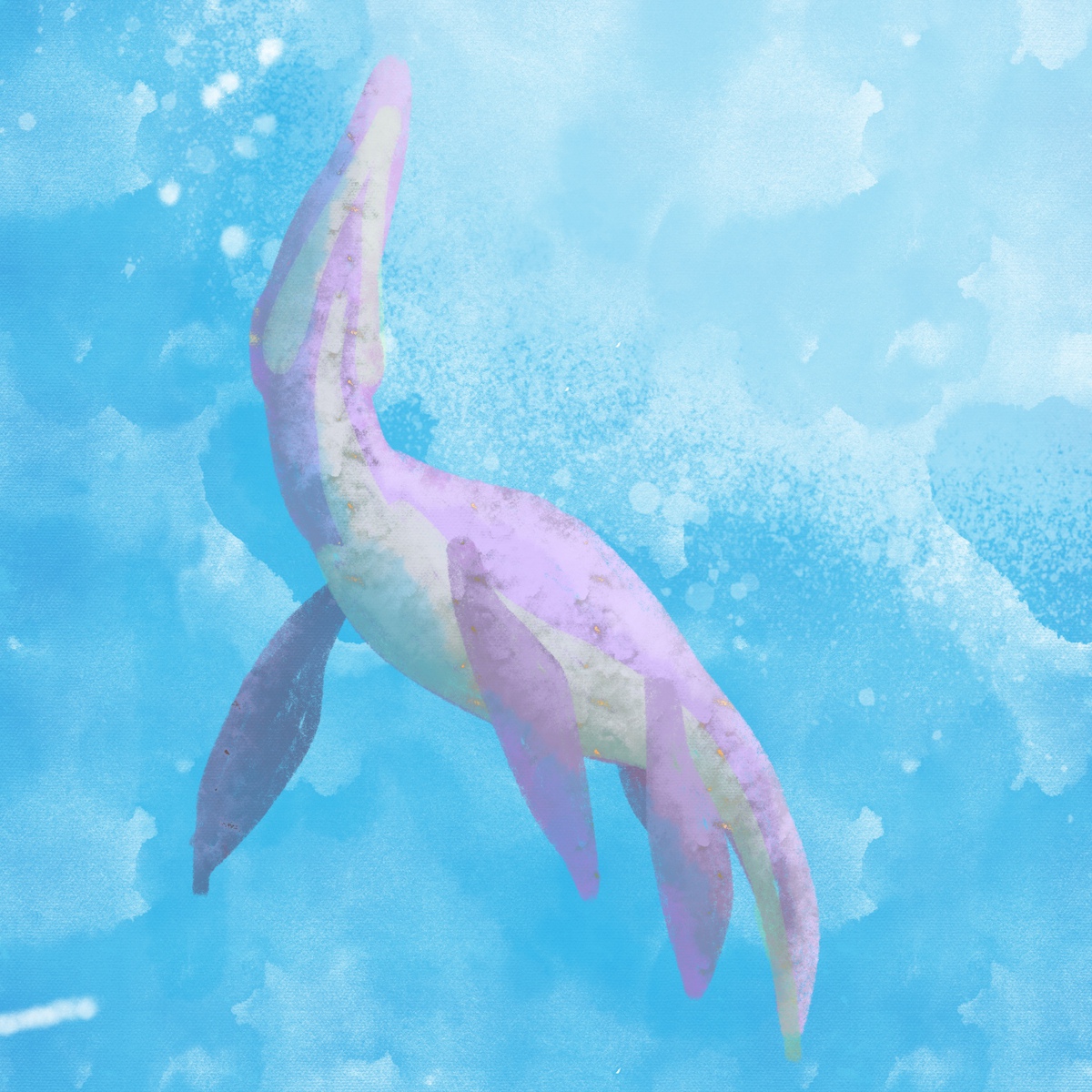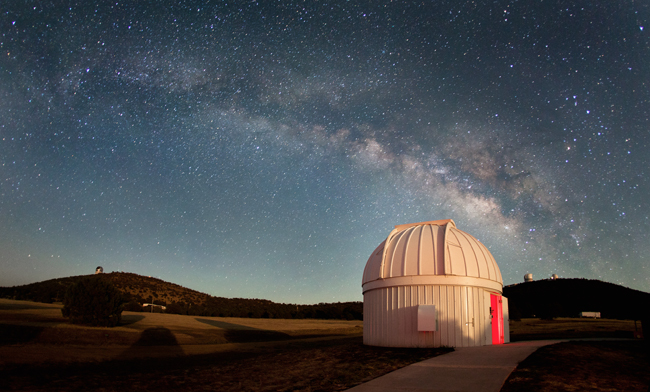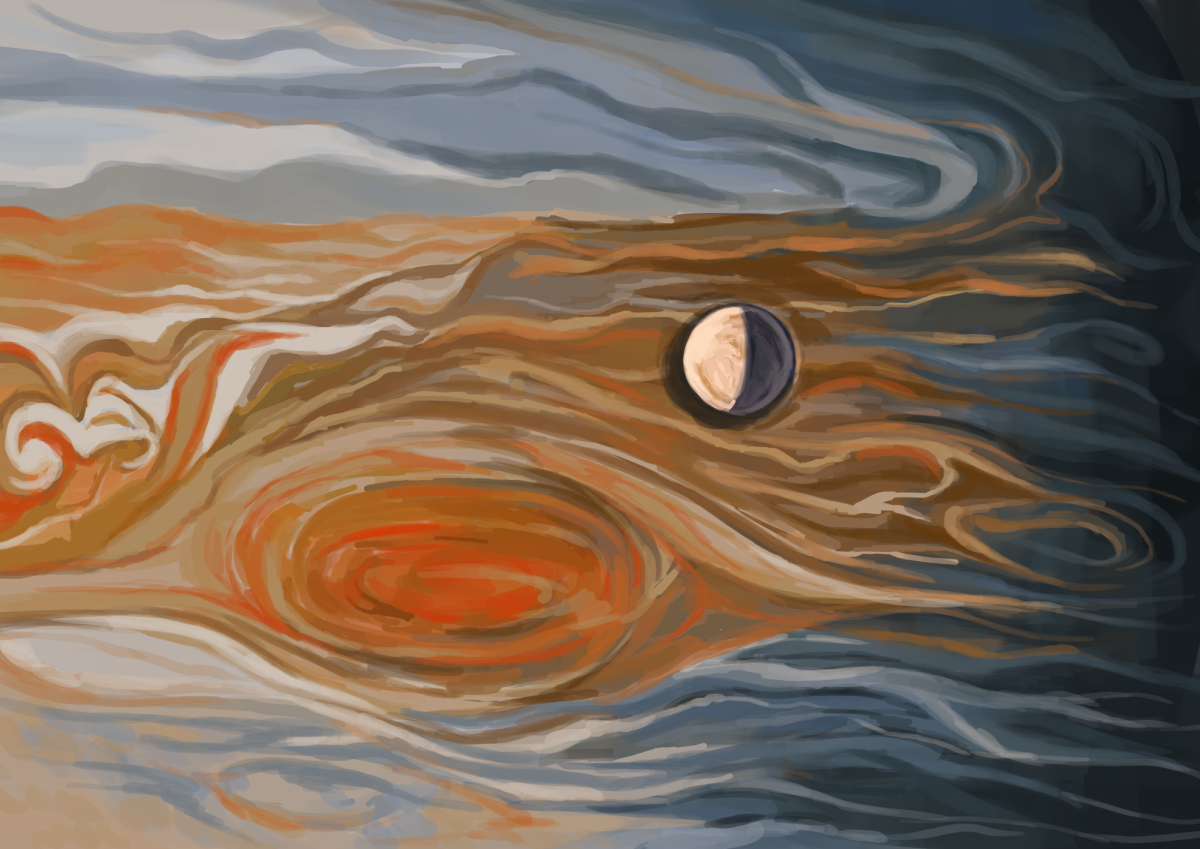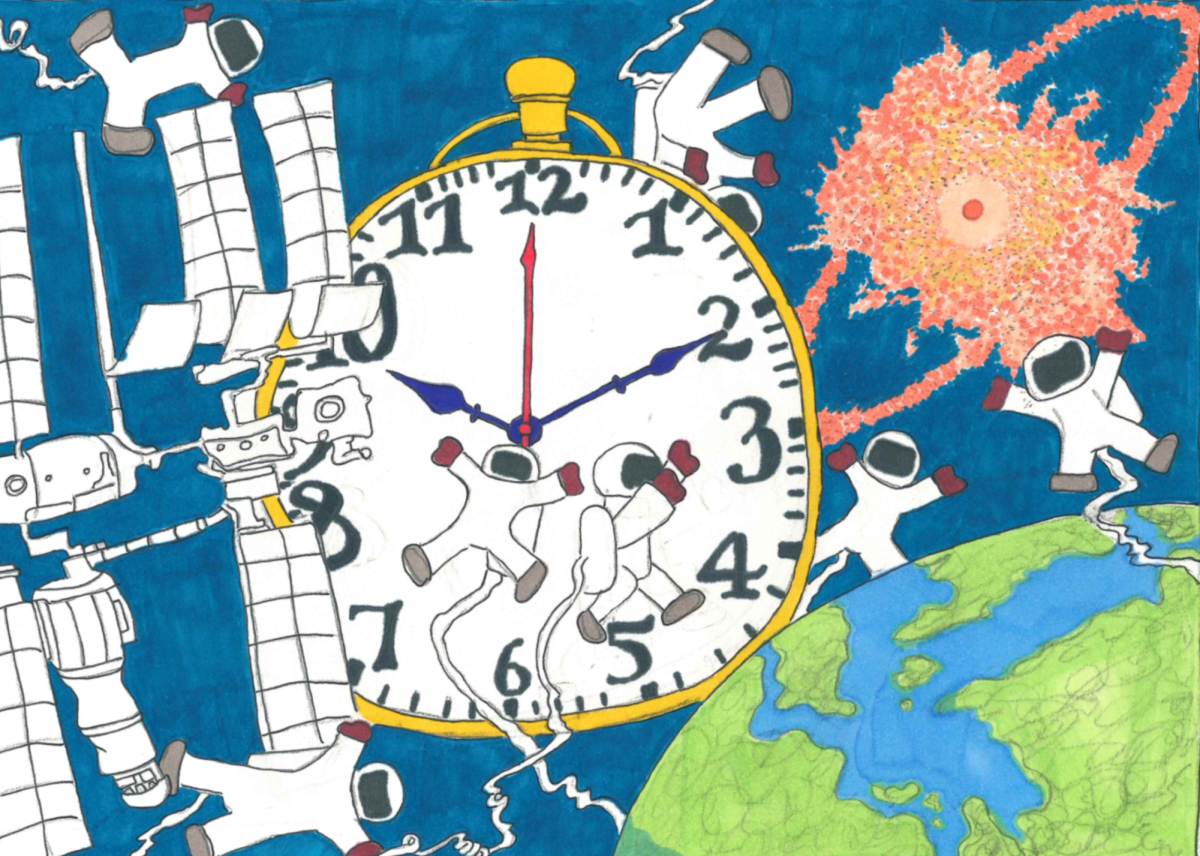A team of scientists at UT in collaboration with scientists from Southern Methodist University discovered the first Jurassic vertebrate fossils in Texas in the Malone Mountains near the Texas-Mexico border.
The Jurassic period lasted from about 145 million years ago to 200 million years ago and is a geologic age marked by the presence of dinosaurs. Vertebrates are animals with a backbone. What scientists think to have discovered are the fossils of a marine Jurassic reptile called a plesiosaur, said spearhead of the expedition Steven May.
“It’s not too surprising that that’s what we found because just across the border in Mexico, there’s been a fair number of fossil vertebrates found in the age equivalent rocks,” said May, research associate at the Jackson School of Geosciences Museum of Earth History. “In those rocks, they found plesiosaurs and they found ichthyosaurs, which are kind of like dolphin-looking animals, but they were also marine reptiles.”
May began his search when he started working on a book that chronicles an overview of vertebrate fossils in Texas by geological age. He said there are not many exposed Jurassic rocks in Texas needed to find the fossils, but that Jurassic invertebrate fossils such as snails, clams and ammonites were recorded in the Malone Mountains of West Texas.
May said he found the idea to go to the Malone Mountains when reading through a paper published in 1938 by Claude O’Brien discussing “large bone fragments” that caught his attention and led him to go out and explore.
May said he and his team believe that a small arm of the Pacific Ocean called the Chihuahua Trough made its way to the westernmost part of Texas where the Malone Mountains are, meaning that unlike most of the state during the Jurassic period, this part was covered in shallow ocean.
Although a large discovery, May said that it is only the beginning of finding what all is out there in the Malone Mountains. He said they only prospected a few square miles of the total 13 square miles of the mountain formation due to so much of it being in the interior of the fairly remote range.
“We’re pretty close to the shoreline, so it’s possible that even some of the more kind of conventional terrestrial dinosaurs could have died and been washed out into those shallow marine settings,” May said. “You could find a whole suite of the kind of classic late Jurassic dinosaurs that we see farther north … classic dinosaurs like allosauruses, stegosauruses and that kind of dinosaur.”
May and his colleagues published a paper last month describing what they found while in West Texas. He said they were only able to find these fossils thanks to the permission and good graces of the Texas General Land Office, but also due to the local landowners who supported their endeavors.
“We hope now that we’ve put this paper out and have said, ‘Hey, there are Jurassic vertebrates in Texas,’ hopefully others will pick up that challenge and head out there and continue the exploration,” May said.













